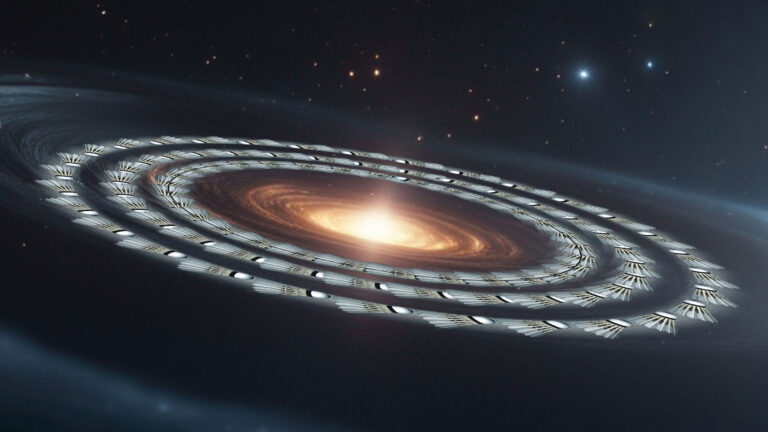What do planet formation and badminton have in common?
It might not come as a surprise to learn that Lin is a badminton player. “The experience of playing badminton is really the thing that kick-started the idea and led me to ask the right questions,” he said.
Previous explanations attribute the dust alignment to the magnetic influence of the central star, the physics of which can be complicated and not always intuitive. The beauty of the proposed birdie mechanism is its simplicity. “It’s a very good first step,” said Bing Ren, an astronomer at France’s Côte d’Azur Observatory who wasn’t involved in the study.
Still, the birdie-alignment hypothesis is just that—a hypothesis. To confirm whether it holds water, scientists will need to throw their full observational arsenal at protoplanetary disks, such as viewing them at different wavelengths, to sniff out the finer details of particle-gas interactions.
Tracing invisible gas
Real-life protoplanetary disks are likely more complicated than a uniform squadron of space potatoes suspended in thin air. Ren suspects that the grains come in various shapes, sizes, and speeds. Nevertheless, he says Lin’s study is a good foundation for computer models of interstellar clouds, onto which scientists can tack layers of complexity.
The new research points a way forward for probing protoplanetary disks, particularly gas behavior. Given that the grains trace the gas direction, studying dust organization using existing tools like polarized light can allow scientists to map a disk’s aerodynamic flow. Essentially, these grains are tiny flags that signal where the wind blows.
As granular as the details are, the dust alignment is a small but key step in a grand journey of particle-to-planet progression. The nitty-gritty of a particle’s conduct will determine its fate for millions of years—perhaps the primordial seed will hoover up hydrogen and helium to become a gas giant or amass dust to transform into a terrestrial world like Earth. It all starts with it flailing or keeping steady amid a sea of other specks.
Monthly Notices of the Royal Astronomical Society, 2024. DOI: 10.1093/mnras/stae2248 (About DOIs)
Shi En Kim is a DC-based freelance journalist who writes about health, the environment, technology, and the physical sciences. She and three other journalists founded Sequencer Magazine in early 2024. Occasionally, she creates art to accompany her writings or does it simply for fun. Follow her on Twitter at @goes_by_kim, or see more of her work on her personal website.
What do planet formation and badminton have in common? Read More »
